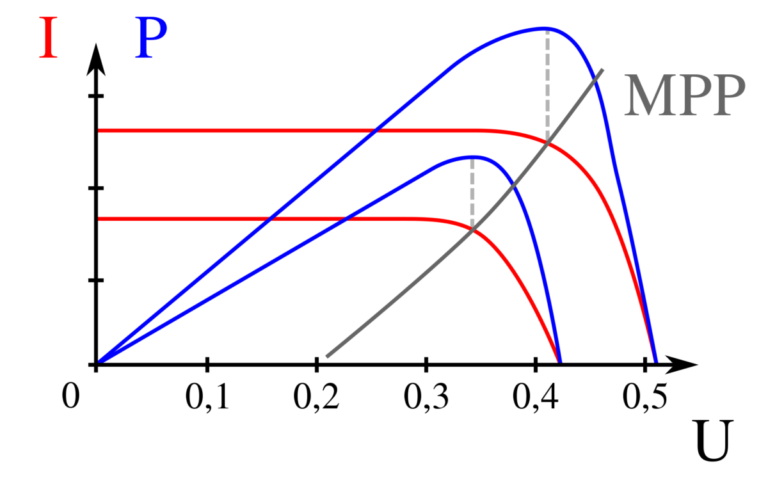Researchers from China have proposed using the so-called improved snake optimizer (ISO) algorithm for maximum power point tracking in PV systems. The proposed algorithm can reportedly achieve higher PV system performance and better accuracy than the simple snake algorithm.
A group of researchers from Lanzhou Jiaotong University in China have developed an MPPT (Maximum Power Point Tracking) technique based on an improved ISO (Snake Optimizer) algorithm.
The ISO is a swarm intelligence-based optimization algorithm proposed in 2022 to improve the typical shortcomings of the snake algorithm. The latter is inspired by the behavior of snakes in search of food sources. The search mechanism is controlled with a fixed development probability, which, according to the researchers, can affect the search accuracy and efficiency of the algorithm.
“The snake optimizer algorithm suffers from the problem that it is easy to get stuck in a local optimum during the position update procedure,” they also explained. “The ISO algorithm is a new intelligent optimization algorithm that simulates the mating and reproduction of snakes. Each snake will try to find the best mate when there is plenty of food and very low temperatures.”
The proposed MPPT method can detect the output current and output voltage of the system in real time and adjust the duty cycle of the boost circuit. Then it achieves MPPT by changing the output voltage of the circuit.
The new approach was tested through a series of simulations with five different types of PV system configurations. The group assumed that the system would operate under standard lighting conditions and at a temperature of 25 C.
This analysis showed that the ISO algorithm achieved better convergence speed and accuracy than its SO counterpart, while also improving the stability of the PV system. “The tracking efficiency range of the ISO algorithm is 99.94-99.99% and the response time of 0.08 s-0.21 s, while the tracking efficiency range of the SO algorithm is 65.84-99.94 % and the response time is 0.19 s-0.25 s. the scientists explained.
Overall, the improved version of the algorithm was found to improve the PV system efficiency, global search capability and maximum power point convergence speed. “Under partial shade conditions, the maximum tracking speed of the ISO algorithm is 99.97%-92.75%, and the maximum tracking efficiency of the SO algorithm is 98.82%-72.98%,” she added.
The new MPPT technique was presented in the study “Optimize photovoltaic MPPT with improved snake algorithm,” published in Energy reports. “The ISO algorithm proposed in this paper has better adaptability and higher tracking efficiency under local shading conditions, and can adapt well to dynamic environments where environmental changes are detected,” the academics concluded.
This content is copyrighted and may not be reused. If you would like to collaborate with us and reuse some of our content, please contact: editors@pv-magazine.com.


